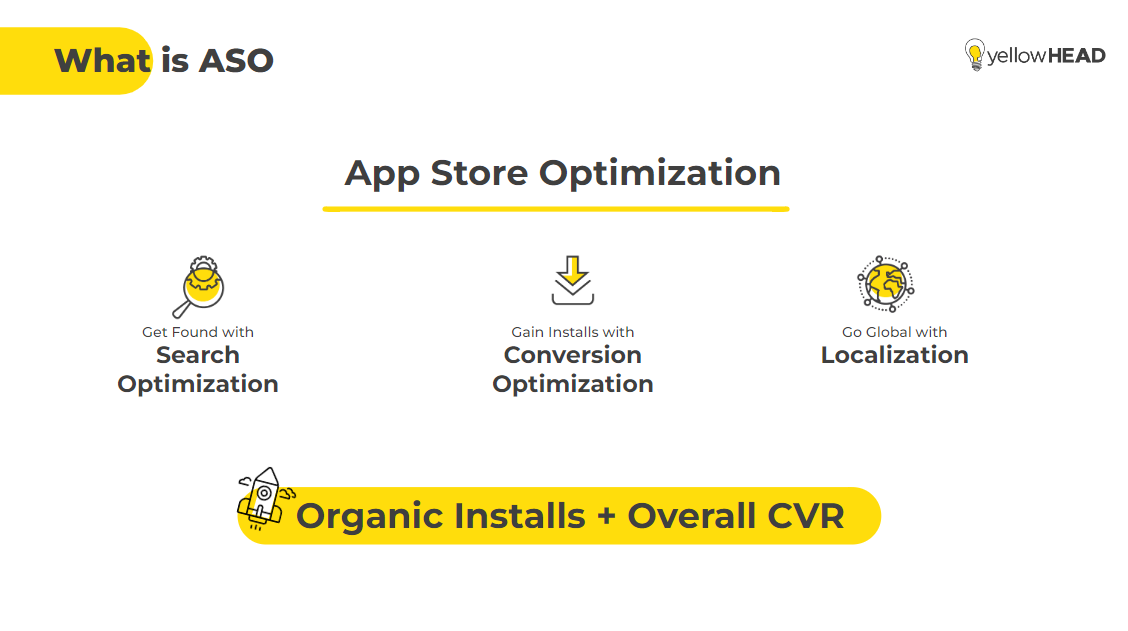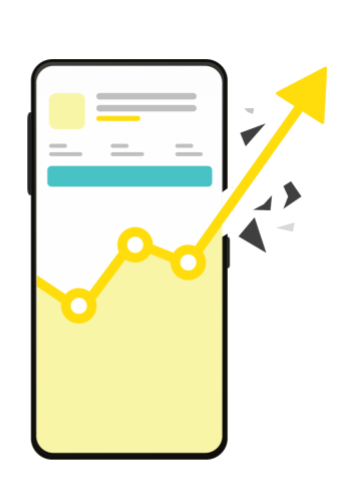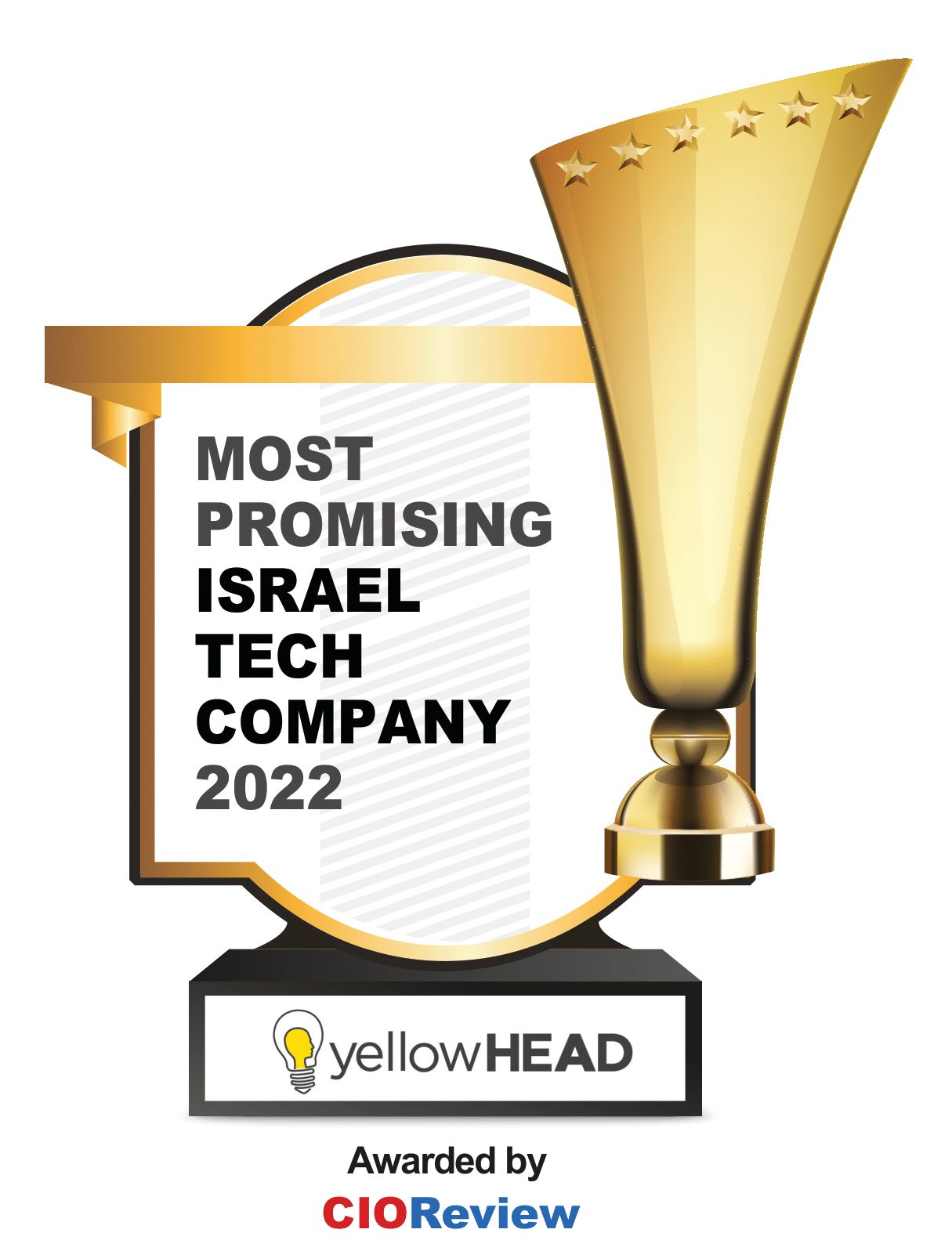What Is App Store Optimization (ASO)

App Store Optimization (acronym: ASO) is the process of optimizing your app page in the App Store and Google Play to increase app installs.
Some refer to App Store Optimization (ASO) as a sort-of Search Engine Optimization (SEO) for apps. While there are definitely similarities between SEO and ASO, they are not the same thing.
In this blog post we’ll cover some of the main pillars constituting ASO: Search optimization, Conversion optimization and localization.
Search Optimization
Search optimization is basically making your app rank as high as possible for as many relevant keywords. By doing so, you are increasing your organic visibility throughout the store, and helping users discover your app.
Why is search optimization so important? Because 63% of users will find apps by searching them (rather than seeing them in browse activity, or by third party referrals).
But search also holds a great challenge – since the competition is fierce! And becoming harder with each day that goes by.
There are also other methods of increasing your organic visibility in the store – and that’s by getting featured, and appearing in catered spots throughout the stores, like the Today tab, or under Apps you might like.
The process of search optimization works differently in Android and in iOS, but what both OS have in common is that both algorithms wish to present the user with the best results to its query. One of our main challenges in App Store Optimization, is basically helping the algorithm understand that we are, in fact, the best result for as many relevant search terms the users will search our product in.
Understanding How App Store Optimization Works
App Store Optimization operates by enhancing various app elements to increase visibility and attract organic downloads. Key components include optimizing keywords, crafting compelling descriptions, and designing appealing visuals. These elements help improve the app’s ranking within app stores, making it more discoverable to potential users. By targeting relevant keywords, the app appears in more search results, while engaging descriptions and visuals encourage downloads. App Store Optimization not only boosts initial user acquisition but also promotes ongoing engagement and retention, driving the overall app growth and success in a competitive market.
How to increase your organic ranking?
Google Play Store Optimization and IOS App Store Optimization have different ASO strategies, and you can read the full guide for Google Play ASO, and App Store ASO in the blog post, but shortly, we’ll embed relevant search terms in the app metadata, to help the algorithm rank us for them.
For many competitive terms, being the 1st organic result may not bring you the visibility you desired, as both Google Play and Apple are placing sponsored ads at the top of the search results.
We won’t cover all the UA strategies in this blog post, but we strongly recommend incorporating Apple Search Ads (ASA) and Google UAC into your overall mobile ASO marketing strategy.
Importance of Implementing an ASO Keyword Strategy
Developing a robust ASO keyword strategy is imperative for maximizing visibility and driving organic traffic to your content or platform. A well-crafted ASO keyword strategy serves as the foundation for effective SEO efforts, helping your content rank higher in search engine results pages (SERPs) and increasing the likelihood of attracting qualified leads and customers.
By conducting thorough ASO keyword research, you can identify the terms and phrases your target audience is using to search for products, services, or information related to your industry. This insight enables you to optimize your content, website, and online presence to align with those search queries, thereby enhancing your visibility and relevance to potential customers.
Moreover, a keyword strategy allows you to stay ahead of your competitors by identifying niche or untapped keyword opportunities that they may have overlooked. By strategically incorporating these keywords into your content, you can carve out a unique position in the market and attract a more targeted audience.
Overall, a well-defined ASO keyword strategy not only improves your search engine rankings and drives organic traffic but also enhances your overall digital marketing efforts, leading to increased brand visibility, engagement, and ultimately, conversions.
Boost App Growth with Effective App Store Optimization: Enhance Visibility, Increase Downloads, and Drive User Engagement
App Store Optimization is crucial for app growth as it significantly enhances an app’s visibility and discoverability within app stores. By optimizing various elements such as keywords, descriptions, and visuals, App Store Optimization helps attract more organic downloads, improves app rankings, and ensures that the app reaches its main KPIs effectively. This process not only increases user acquisition but also enhances user engagement and retention, ultimately contributing to the app’s overall success and growth in a competitive marketplace.
Understanding the Influence of App Ratings and Reviews on App Store Optimization
App ratings and reviews wield significant influence over App Store Optimization, playing a pivotal role in determining an app’s success and visibility within app stores. High ratings and positive reviews serve as powerful indicators of an app’s quality, reliability, and user satisfaction, thereby boosting its credibility and appeal to potential users.
Positive app ratings not only contribute to higher app rankings but also attract more organic downloads. Apps with higher ratings are often showcased prominently in app store search results and recommended sections, increasing their discoverability and exposure to a broader audience. Conversely, apps with poor ratings and negative reviews may struggle to gain traction and are more likely to be overlooked by users.
Moreover, user reviews provide valuable insights into the strengths and weaknesses of an app, helping developers identify areas for improvement and refine their App Store Optimization strategies. Engaging with user feedback, addressing concerns, and continuously enhancing the app’s features and functionality can lead to increased user satisfaction, higher ratings, and improved App Store Optimization performance over time.
In essence, app ratings and reviews are integral components of ASO, directly impacting an app’s visibility, credibility, and ultimately, its success in the competitive app marketplace. Efforts to cultivate positive reviews and ratings, along with proactive management of user feedback, are essential for optimizing ASO and driving sustained app growth.
Conversion Optimization
Once a user has landed on our product page, we’ll want to make him convert – meaning, download our app. The process of conversion optimization means taking as many page views or impressions and turning them into app installs.
How yellowHEAD Achieves Conversion Optimization
Most of the conversion optimization process is done by optimizing the app creatives – icon, screenshots, feature graphic and video.
We’ll want to highlight the app’s best selling points in the first impression, to help the user understand that he is better off with our app than without it.
In order to increase conversion, we’ll recommend planning a thorough A/B testing strategy and constantly testing your creative assets, checking what works better and what doesn’t.
It’s also important to remember that conversion optimization is relevant to all traffic coming to your app. And yes, we also mean your paid activity. All those users you’re working so hard to acquire – are ending their journey on the store page, and we will want to increase their chances of downloading the app. In other words, what is App Store Optimization; the strategy that can save you lots of money at the end of the day!
Localization & Culturalization
For apps that have a universal product (most of them), localizing is THE key for scaling.
“Can I just translate my app listing and that’s it?” you might be thinking. But we strongly recommended dedicating the full attention for a thorough localization of your app page, and not just translating the app listing, for 2 main reasons:
- Maximizing the search potential by using the most popular local terms.
- By localizing your app amateurishly – it can look bad. Really bad. And it can have a negative effect on your ratings and reviews.
So the thumb nail in this case, is to localize as much as your bandwidth allows you, keeping in mind that you’ll need to optimize the metadata + app creatives every once in a while.
Wanna hear a little secret from someone who worked with many apps? Sometimes we’re coming across apps that once localized dozens of markets a few years back. They don’t have the resources to manage all of them, resulting in out-dated, non-optimized listings for many of their markets that might be converting better if they would come across an optimized up-to-date English listings.
By the way – different English-speaking markets should also be addressed as different locales, as different countries have different words for the same thing. For example, “slot machines” in the US are called “fruit machines” in the UK and “pokies” in Australia.
Culturalization is considered a part of localization, and it is the process of adjusting cultural aspects of your store listing to the relevant market. Not all apps will need to use it to the same extent, but apps that present people, food, maps, or any other local elements, need to take into account that adapting their graphics to the local user can help with conversion.
The Significance of App Store Visuals in App Store Optimization
The role of app store visuals in App Store Optimization cannot be overstated, as they profoundly influence user perception, engagement, and ultimately, an app’s success. Visual elements such as app icons, screenshots, and preview videos serve as the first point of contact between users and an app, shaping their initial impressions and influencing their decision to download.
An appealing and well-designed app icon immediately captures the attention of potential users browsing through app store listings, encouraging further exploration. Similarly, compelling screenshots offer a glimpse into the app’s features, functionality, and user interface, effectively communicating its value proposition and enticing users to learn more.
Moreover, preview videos provide an immersive preview of the app’s gameplay, features, and user experience, offering users a more comprehensive understanding of what to expect before downloading. High-quality visuals not only enhance the overall aesthetics of an app listing but also instill confidence and trust in users, leading to higher conversion rates and improved ASO performance.
The Benefits of App Store Optimization
App Store Optimization offers numerous advantages that are essential for app growth. By optimizing key elements such as keywords, descriptions, and visuals, ASO enhances an app’s visibility and discoverability within app stores. This increased visibility leads to higher organic download rates, improved app rankings, and a more targeted reach to potential users. Additionally, effective App Store Optimization strategies boost user acquisition, engagement, and retention, contributing significantly to an app’s growth and competitiveness in the marketplace.
Key Takeaways
When summarizing what is App Store Optimization; we refer to optimizing your app page in the App Store and Google Play to increase your app installs, by keyword optimization, conversion optimization, and localization. If you want help with boosting your organic installs, reach out to our App Store Optimization experts.
Sounds like a lot? Don’t worry, contact us now and we will delve deeper into each of these in our one-of-a-kind app store optimization guide for iOS and for Google Play!
This article was first published in January 2023



















